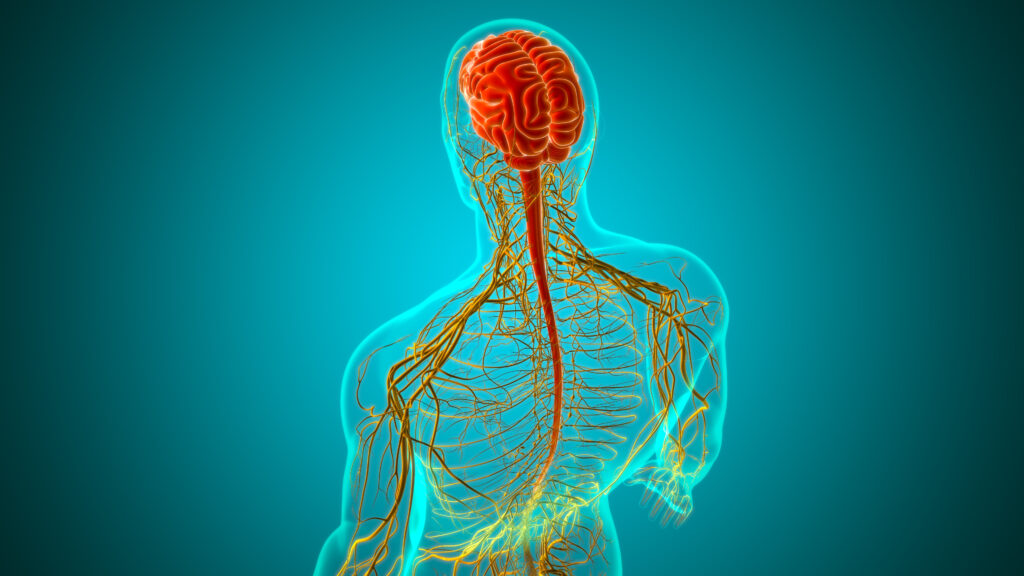The world is filled with a huge variety of plants. Some of them grow hundreds of feet tall like coast redwood trees while others are carnivorous, eating insects and small mammals. Plants’ complexity may make some people wonder if they can feel things the same way as humans. Do plants have emotions and do they experience sensations like pain?
We’ll break down what scientists have said about the subject.
What Are Emotions?

Humans often think that animals that look happy are happy, but that’s not the case.
©Blanscape/Shutterstock.com
Before considering whether plants have emotions or feel pain, it’s necessary to define the terms. According to the American Psychological Association, emotions are “conscious mental reactions (such as anger or fear) subjectively experienced as strong feelings.”
Humans feel emotions like fear, happiness, surprise, disgust, or sadness. They are interpreted by the brain and cause humans to react in certain ways.
Humans don’t have a complete understanding of emotions in all other animals, though.
What Is Needed to Feel Emotions?
Human emotions are generated and interpreted by the brain. That means emotions as we know them must be interpreted in the central nervous system. Also, consciousness and intelligence are needed to interpret mental reactions.
Conscious beings, or beings with a rudimentary level of consciousness, require the right biological structures to process emotions. Scientists believe that a central nervous system and a brain are required to feel emotions.
Without mental reactions, a consciousness to be aware of mental reactions, or the biological structures to interpret emotions, there can be no emotions.
Moreover, humans are not entirely sure how other animals feel emotions. Humans have a habit of anthropomorphizing their pets and other animals, attributing emotions to them that they may not be experiencing.
For example, a snake that is wrapping itself around a human’s wrist and arm may not be experiencing emotions of love or happiness. The cold-blooded creature may just be keeping warm using the human’s body. A dog that looks like it’s smiling may not be happy.
It’s important not to mistake appearances for emotions.
What is Pain?

Pain is detected by pain receptors and relayed to the main portions of the CNS.
©mybox/Shutterstock.com
According to the International Association for the Study of Pain, pain is defined as “an unpleasant sensory and emotional experience associated with actual or potential tissue damage, or described in terms of such damage.”
Pain causes distress as a result of damaging stimuli or intense sensations. The sensations of pain can also elicit human emotions like anger, anxiety, and even sadness, depending on the causes and duration of the pain.
What Is Needed to Feel Pain?
Specific biological structures are required to interpret pain as it is known in the animal kingdom. At the very least, it seems as though a nervous system is a baseline requirement to feel pain.
In humans and other animals, the sensation of pain is relayed by nociceptors, commonly known as pain receptors. Pain receptors are nerve endings present in many body tissues that respond to stimuli that cause damage or have the potential to cause damage.
The nerves relay the sensations of pain to the spinal cord and then to the brain stem and brain where they are interpreted. These structures determine the location of the pain, the type of pain, and the severity of the pain.
Of course, sometimes humans feel pain that is not indicative of any damage. For example, if pain receptors act abnormally, they could make a human feel pain without the actual stimuli.
Pain, at least pain as humans understand it, can only be felt by creatures with the proper biological toolkit.
Can Plants Feel Emotions?

Sunflowers don’t feel happy when the sun shines on them.
©iStock.com/oleshkonti
No, plants cannot feel emotions because they do not have complex consciousness, intelligence, or anatomical systems to process and react to feelings. Plant neurobiologists have argued that plants display some evidence of a simple level of consciousness.
However, grass releasing a chemical signal when it is cut is a far cry from emotional distress. The Mimosa pudica plant may fold its leaves when they are touched, but predator avoidance is hardly a fear response.
According to a study by Mallatt et al. (2021), three conclusions disprove the notion that plants are conscious. They include the following reasons:
- Plants do not perform anticipatory behaviors indicative of consciousness.
- The electrophysiological signaling in plants is not used for integrative information processing.
- Pavlovian responses in plants are not an indicator of consciousness because that type of learning does not necessarily require consciousness.
Without consciousness or the biological systems in place to comprehend emotions, plants can’t feel emotions. Scientists have made several other arguments for and against plant consciousness, and the field of plant neurobiology continues to grow.
Can Plants Feel Pain?

Uprooting plants doesn’t cause them any pain.
©iStock.com/Jeevan GB
Plants cannot feel pain in the same way that humans and other animals feel pain. They lack the pain receptors, nerves, and central nervous system to interpret external stimuli as something painful. That does not necessarily mean that plants are not able to interpret the world around them.
For example, studies have discovered that plants know when animals are eating them. Thale cress plants emit mustard oils in response to herbivores eating them. Some studies have even found that plants react to just the sound of caterpillars eating their leaves. The plants emit mustard oils in response.
However, responding to a stimulus does not mean the plant is in pain. The plant’s reactions are simply the plant’s attempt to dissuade herbivorous creatures from eating it, a survival mechanism that evolution would probably favor. So, humans probably don’t need to feel guilty about planting and harvesting their home gardens.
All in all, plants are simply not complex enough to experience emotions or pain. While plants can detect stimuli, they aren’t conscious of them in the same way as humans and other animals. Without a central nervous system and nerves, plants can’t feel pain as we know it.
The field of plant neurobiology is growing, though. Scientists continue to uncover more about plant consciousness and signaling. However, it seems very unlikely that anyone will discover that plants have a human-like conceptualization of intelligence, emotions, or pain.
The photo featured at the top of this post is © Nikolay Kurzenko/Shutterstock.com
Thank you for reading! Have some feedback for us? Contact the AZ Animals editorial team.






